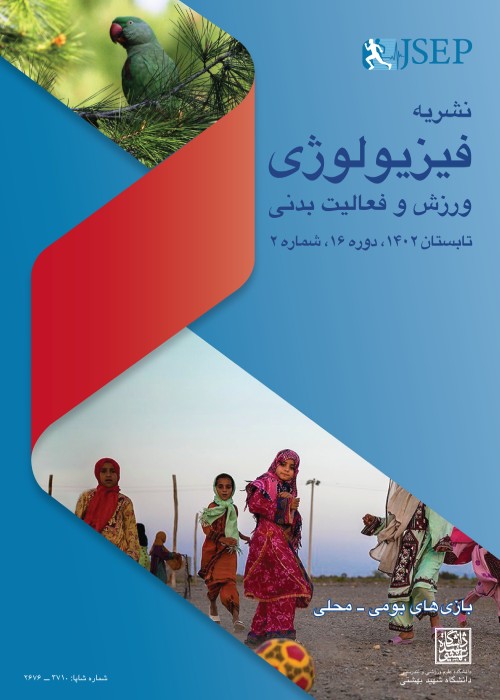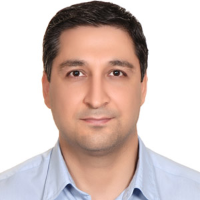Comparison of the effect of Tabata training on soft and hard surfaces on left ventricular structure and function and some physical fitness factors in elite beach soccer players
Repeated exercise on sand may lead to overreaching due to higher energy costs than on hard surfaces. Therefore, it will be necessary to create variety in training. Tabata training is a type of high-intensity interval training (HIIT), which has been reported to improve some physical fitness factors in team sport players. However, no research has been done regarding its effects on the fitness of beach soccer players. Thus, the aim of the present study was to compare the effect of six weeks of Tabata training on indoor hardcourt vs. sand on some physical fitness factors and the structure and function of the left ventricle in elite beach soccer players.
Sixteen players from one of the Iran Premier Beach Soccer League teams were randomly divided into two equal groups including the sand group and the indoor group. Except for the type of training surface, other training variables were similar between the groups. Each exercise set was performed for 4 min (20 s exercise:10 s rest). The protocol was performed in three sessions a week and the duration of each session was 34 to 39 minutes (7 to 8 sets). Cardiac variables (two-dimensional echocardiography) and physical fitness factors were measured at 72 h and 48 h, respectively, before and after the training period. Moreover, the food consumed by the players on the test days was similar. The analysis of covariance (ANCOVA) test was used to determine the differences between the groups at P < 0.05.
The increase in stroke volume (SV; P < 0.001) and the left ventricular end-diastolic volume (P = 0.003), and the decrease in the relative left ventricular posterior wall thickness (P = 0.042) were significantly higher in the sand group than in the indoor group. Except for peak anaerobic power in the indoor group (P = 0.604), the improvement observed in other physical fitness factors was significant in both groups (P < 0.05). However, no significant difference was observed between the groups in in terms of relative VO2max (P = 0.58), peak (P = 0.134), minimum (P = 0.913), and average (P = 0.5) anaerobic power, explosive power (P = 0.702), 30-m sprint (P = 0.23) and agility (P = 0.884).
Compared to indoor hardcourt, it seems that six weeks of Tabata training on sand increases the SV of elite beach soccer players through a greater venous return to the heart. However, no difference was observed between training on sand or indoor hardcourt in terms of aerobic power, anaerobic power parameters, explosive power, speed of movement, and agility performance. Therefore, the use of Tabata training protocol on a standard indoor hardcourt is recommended to create a variety of conditioning programs for beach soccer players or in situations where there is no access to a sand surface.
Sand , Aerobic fitness , Anaerobic power , Sprint , Agility
- حق عضویت دریافتی صرف حمایت از نشریات عضو و نگهداری، تکمیل و توسعه مگیران میشود.
- پرداخت حق اشتراک و دانلود مقالات اجازه بازنشر آن در سایر رسانههای چاپی و دیجیتال را به کاربر نمیدهد.



